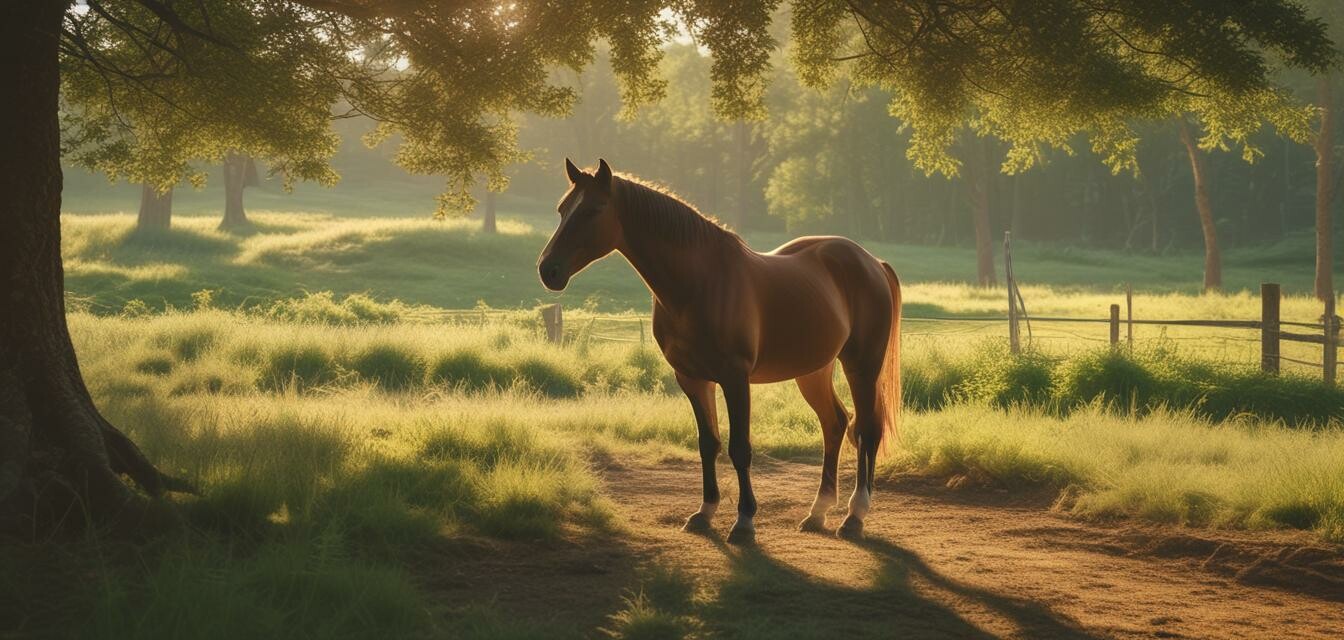
How to Maintain a Calm Horse: Tips for Riders
Key Takeaways
- Utilize consistent training techniques to build trust.
- Understand and recognize behavioral signs of anxiety in horses.
- Incorporate regular exercise and proper nutrition into your routine.
- Ensure a calm environment during rides and handling.
- Communicate effectively with your horse to foster confidence.
Maintaining a calm horse is essential not only for a pleasant riding experience but also for the overall well-being of your horse. A calm horse is easier to handle, process information, and respond to cues, making the riding experience enjoyable for both the horse and rider. This article provides essential strategies for keeping your horse relaxed during rides, competitions, and handling.
Understanding Horse Behavior
Before we can maintain a calm horse, we must first understand horse behavior. Horses are creatures of flight, meaning they are naturally inclined to react to perceived threats in their environment. Creating a calm atmosphere will significantly reduce stress levels in your horse. Here are a few behavioral signs to look for:
| Behavioral Sign | Meaning |
|---|---|
| Ears pinned back | Signs of irritation or displeasure. |
| Rapid breathing | Possible anxiety or distress. |
| Restlessness | Indicates discomfort in the situation. |
| Lowered head | Indicates calmness and relaxation. |
| Soft, relaxed eyes | Sign that the horse feels safe. |
Creating a Calm Environment
To foster a peaceful atmosphere for your horse, consider the following tips:
- Choose a quiet location for riding away from loud noises and distractions.
- Ensure the arenas or fields where you ride are free from hazards and sudden movements.
- Use calm, soothing voices when handling your horse, as horses respond well to a peaceful tone.
Implementing Consistent Training Techniques
Consistent training techniques can significantly aid in developing trust and confidence between you and your horse. Below are some recommended practices:
- Establish a routine to create familiarity.
- Incorporate groundwork exercises to build trust.
- Use positive reinforcement to encourage desired behaviors.
- Practice desensitization to different stimuli gradually.
Importance of Regular Exercise
Regular exercise plays a crucial role in maintaining a calm horse. Horses that are well-exercised tend to have better mental and emotional health. Here’s how you can incorporate exercise:
- Engage in daily activities, such as lunging or trail riding.
- Incorporate playful exercises that stimulate the horse physically and mentally.
- Ensure your horse has social interactions with other horses for mental stimulation.
Nutritional Factors for Calmness
The nutritional program plays an important role in your horse's temperament. A balanced diet contributes to emotional and physical health. Consider these tips:
- Provide high-quality hay and grains, ensuring proper digestion.
- Consider supplements if necessary, but consult a vet before making changes.
- Maintain a consistent feeding schedule.
Effective Communication with Your Horse
Establishing a solid communication method is fundamental in ensuring your horse feels secure with you:
- Use clear and consistent signals for commands.
- Learn to read your horse’s body language.
- Be patient and allow the horse to respond before moving on to the next command.
Pros
- Creates a safe riding experience for both rider and horse.
- Builds stronger trust and confidence between horse and rider.
- Promotes overall mental and physical wellness in horses.
Cons
- Requires time and commitment to see results.
- Inconsistency can lead to confusion in the horse.
Conclusion
The journey to maintaining a calm horse involves understanding behavior, creating a soothing environment, consistent training, and proper nutrition. Each horse is unique, and it is vital to tailor approaches according to individual needs to achieve the best results. By following these tips, you will enhance the well-being of your horse and ensure more enjoyable riding experiences.
More Resources
For additional tips and guidance, check out our related articles:
- Riding posture: Enhance your normal riding experience
- Essential equestrian gear for every rider
- News and trends in horse care
